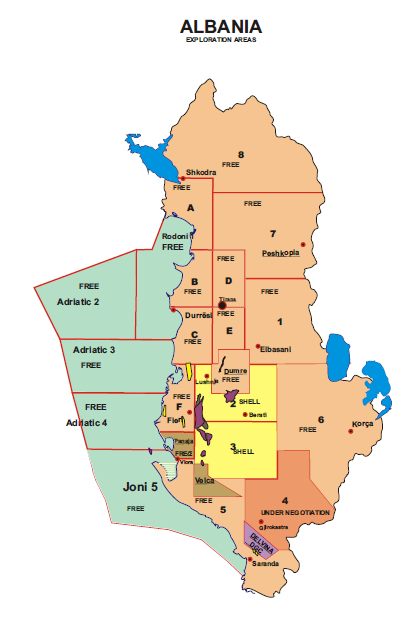Overview
Albania has a total land area of 28,750 square kilometers, of which 24% is agricultural, 36% forest, and 15% pasture or other type of land.
While agriculture no longer dominates the Albanian economy, it contributed around 21% to national GDP in 2019. In 2020, imports of agricultural products were slightly more than $1 billion, almost the same as in the previous year. Exports have continued to rise, reaching about $365 million in 2022, a 10% increase from 2019.
The government hopes to boost agricultural production by providing financial support to farmers and facilitating private investment in the agro-processing sector. Over the last years, the government allocated significant amounts to support the development of fruit and olive orchards, vineyards, greenhouses, and crop storage facilities, and to support projects in the agro-processing industry. Just in 2020, the government invested about $55 million for drainage and irrigation infrastructure, direct support for agricultural and livestock production expansion, and food safety and consumer protection.
Despite a mild climate, fertile land, and abundant water resources, the agriculture sector remains underdeveloped, due largely to fragmented land, small plot size, and limited mechanization. The limited use of fertilizers and pesticides offers opportunities for investments in organic agriculture. Opportunities also exist for the production and processing of high-value cash crops.
Leading Sub-Sectors
• Meat
• Grains
• Cereals
• Animal feed
• Dry fruits
• Sugar
• Farm machinery
• Food processing equipment
Trade Opportunities
Grain: The Albanian market consumes around 500 metric tons of grain per year, most of which is imported. In 2020, Albania imported 365,000 tons of cereals, mostly wheat and maize. Russia and Serbia represent the largest share with about 80% of the total imports which reached about $105 million last year. Albania has historically imported limited quantities of U.S. wheat, but logistics remains a problem because Albania’s main port, Durres, is shallow and does not accommodate the largest seagoing cargo vessels.
Meat: Domestic production of beef and poultry is growing, though opportunities exist for U.S. exports of meat and chicken. In 2020, meat imports totaled $50 million, consistent with the previous three years. The United States is Albania’s second largest supplier of meat, U.S. imports of which totaled $10 million in 2020. Albania’s largest meat supplier remains Brazil, with exports worth $13 million in 2020.
Animal feed: Albania is a net importer of protein meals for animal feed. Soybeans are not produced locally, so Albania imports all its soy-related products—mostly from neighboring countries. Albania produces a significant amount of maize, chiefly for animal feed. In 2020, Albania imported a combined 96,000 tons of animal feed (chapter 23) worth $45 million. Demand for animal feed is rising due to growing investment in the livestock sector.
Resources
Ministry of Agriculture and Rural Development
Agrarian and Rural Development Agency (http://www.azhbr.gov.al/)
